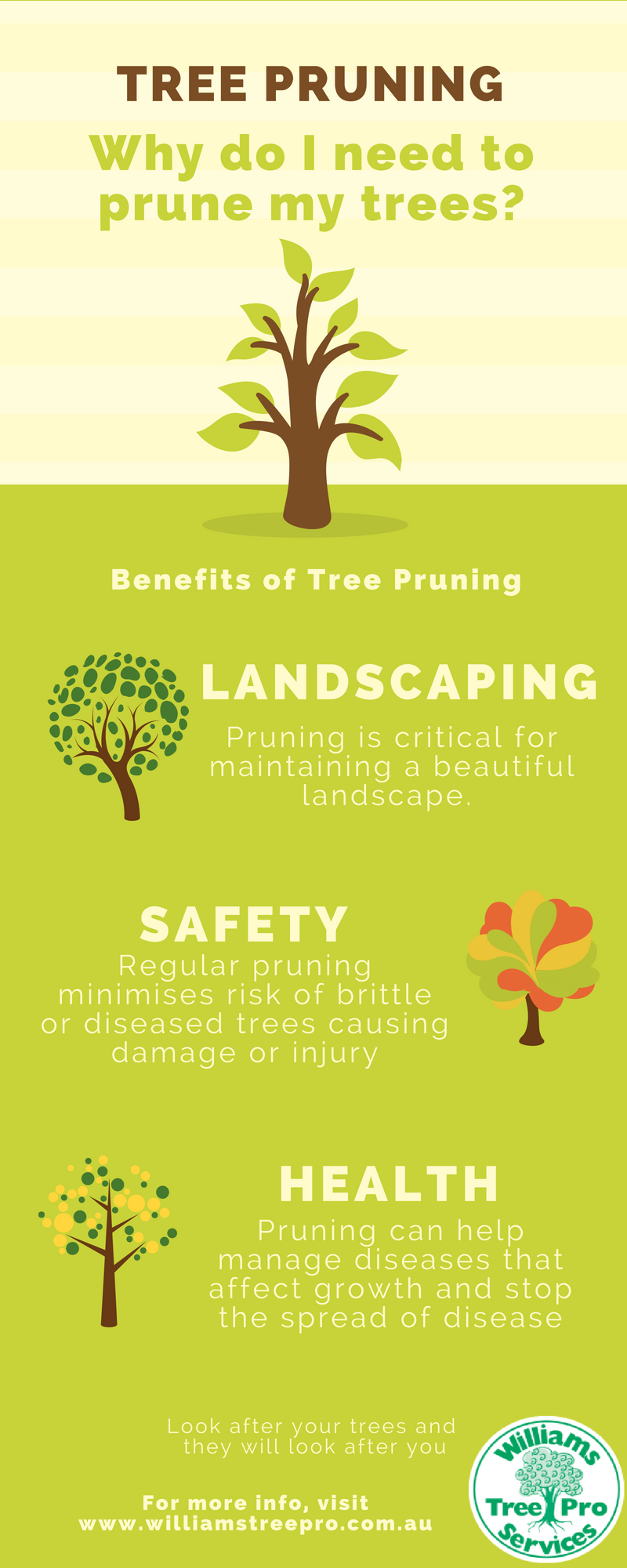Signals That It's Time To Get Rid Of A Tree: Identifying Unsafe Trees
Signals That It's Time To Get Rid Of A Tree: Identifying Unsafe Trees
Blog Article
Write-Up Composed By-Truelsen Goodman
When it pertains to tree care, identifying the indications that it's time for removal is vital for your safety and security and residential property. You may see blemished fallen leaves, wilting branches, or strange fungal growths showing illness. Structural issues, like a significant lean or cracks in the trunk, can also posture threats. Understanding just click the up coming site warning signs can assist you make informed choices about your trees and prevent possible dangers prowling in your lawn. What should you look for following?
Indications of Decay and Condition
When you observe indicators of decay and disease in your trees, it's vital to act promptly. Look for tarnished leaves, wilting branches, or unusual growths like fungi. These can show that your tree is struggling.
If you see splits in the bark or soft, mushy timber, these signs recommend interior degeneration. Additionally, a sudden rise in parasites around your tree can indicate that it's deteriorated and prone.
Look for any type of dead or dying limbs, as they posture a danger to your building and safety. If you're uncertain about what you see, seeking advice from an arborist can offer clarity.
Resolving informative post can save you from more substantial damages and ensure the wellness of your yard. Don't wait up until it's too late.
Structural Instability and Leaning
As you observe your trees, keep an eye out for any kind of signs of architectural instability or leaning. If a tree leans significantly, it may indicate that the root system is endangered.
Try to find any type of fractures in the trunk or dirt around the base; these can signify possible failing. Furthermore, check for uncommon growth patterns, like a lopsided crown, which might recommend that the tree is struggling to hold itself upright.
If you discover that the tree leans toward your home, power lines, or various other frameworks, it presents a better risk. Do not overlook these indicators-- seek advice from an arborist to analyze the situation.
Doing something about it early can prevent expensive damage and ensure your safety and security.
Dead or Perishing Branches and Foliage
If you discover dead or dying branches and vegetation on your tree, it's a clear indication that something's wrong.
These undesirable locations can show underlying concerns like illness, parasite invasions, or environmental stress and anxiety. When branches lose their leaves or turn brown, they're no more adding to the tree's wellness. Ignoring these indicators can bring about additional decline, making your tree more unsafe.
Dead branches can conveniently break short during tornados, posing a risk to residential property and people nearby. It's vital to analyze the extent of the damages.
If the issue affects a significant part of the tree, think about getting in touch with a specialist. They can help identify if removal is necessary to make certain security and maintain the elegance of your landscape.
Final thought
If you notice any kind of signs of degeneration, architectural instability, or dead branches on your trees, don't neglect them. These signs can pose major safety risks to you and your building. It's constantly best to seek advice from a specialist arborist who can offer a professional evaluation of your trees. Acting early can avoid crashes and pricey damages, guaranteeing your landscape stays risk-free and healthy. Bear in mind, it's much better to be positive concerning tree care than to await a disaster to happen.
